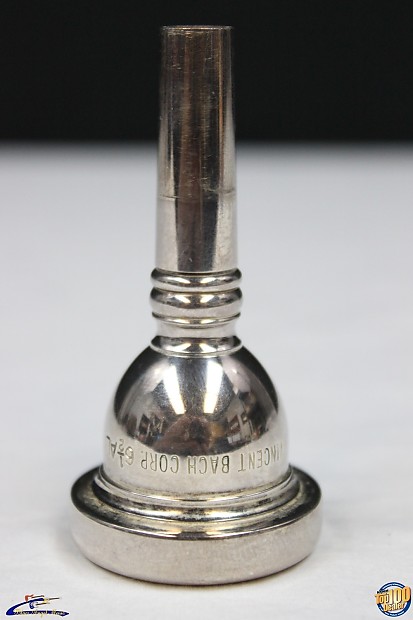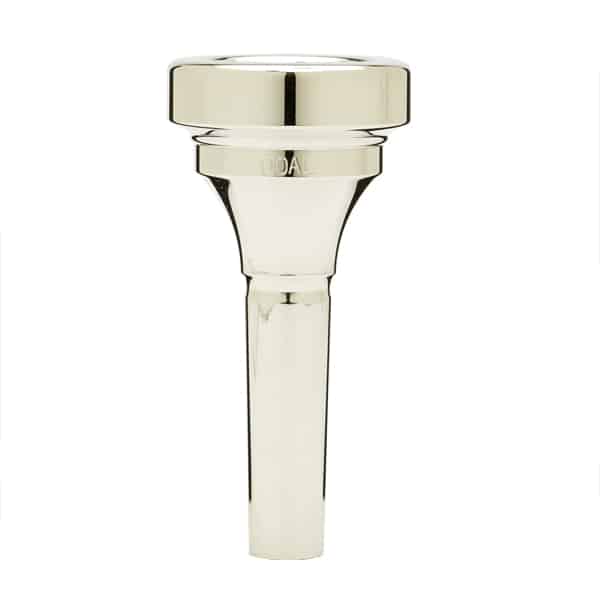As brass players we all pick up our instruments, buzz and blow and a note comes out. Simple yes? But how do brass instruments really work?
I’m sure we are all familiar with the basics of playing a brass instrument. We blow into the instrument to making a buzzing sound which produces a sound of a particular pitch. The sound with just a mouthpiece alone doesn’t produce a nice sound so the difference is obviously the instrument, and somebody once very wisely said to me that the mouthpiece is the engine and the instrument is just a big amplifier.
Materials
The material that a brass instrument is made out of is very important to how it sounds. Brass is essentially an alloy of copper and zinc, the ratio of these metals giving subtly different sounds. A lower percentage of copper gives a brighter crisper sound preferred by many jazz musicians. A higher copper content of brass, often described as rose brass, gives a warmer sound favoured by orchestral musicians and red brass, with an even higher copper content gives an even warmer sound. The type of sound can also be affected by the gauge of the metal, a thicker metal can produce a darker sound than a thinner gauge and is often used for the darker sound of a bass trombone. Nowadays we also have plastic trombones which are actually surprisingly good at producing a sound. However, the dynamic range is not as good as a metal trombone and the projection is also weaker. Ideal for teaching in schools but not really suitable for playing in bands or orchestras.
Bore size and shape
The bore size, or tube diameter can also affect the sound of a brass instrument. The smaller the bore the brighter the sound, which is why you see jazz players playing on small or medium bore instruments to get the characteristically bright sound of jazz instruments. Larger bores will give a round warmer sound and are favoured by orchestral musicians. The downside though is that large bores obviously need much more air and are more suitable when a player gets more proficient and their physique can cope with the added pressure.
Mouthpiece characteristics affecting the sound

The mouthpiece also has a significant effect on the sound. A detailed look at the characteristics is something we will discuss in a future article but the basics of it are as follows.
The depth of the cup has probably one of the biggest effects on sound. The deeper the cup generally produces a warmer and rounder sound, so an orchestral player may look for a deeper cup to create the broader orchestral sound, whereas a jazz player will look for the shallower cup to give themselves a brighter sound, it also makes it easier to control the higher notes in a shallow mouthpiece. A look at the screamer mouthpieces for trumpet for example reveals a very shallow mouthpiece, in some instances almost flat.
The diameter of a mouthpiece also offers a difference in sound but less so than the depth of the cup. A wider diameter increases the volume of the cup leading to a warmer sound.
The type and style of shank can have an effect, a parallel shank allows more air at a lower pressure than a tapered shank which can give an instrument a brighter sound.

Behind the rim there is also a variety of different designs. The standard Denis Wick mouthpieces for example have a more convex shape with less metal behind the rim. Popular with brass band players these offer a good bright and clear sound. But others, like Denis Wick heavytop, Vincent Bach, Shilke etc. have much more metal behind the rim. These offer resonance in the mouthpiece which is transmitted to the instrument and produces a warmer and broader sound.
How a brass instrument really works is a complex questtion
So a question which looks so simple is actually a complicated subject which we have only touched on here, and is ultimately based on physics and chemistry giving a brass player a wide range of options to obtain the sound they are looking for.
Good hunting
If you have enjoyed this then why not follow this blog to get a notification when new posts are published.



